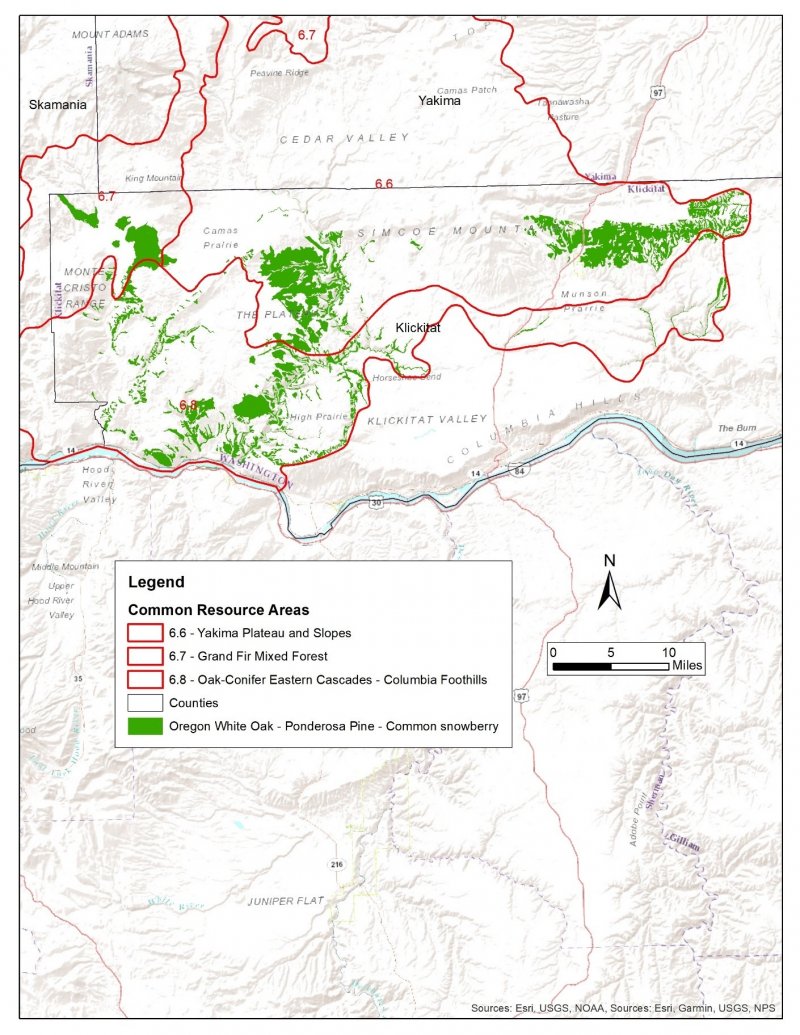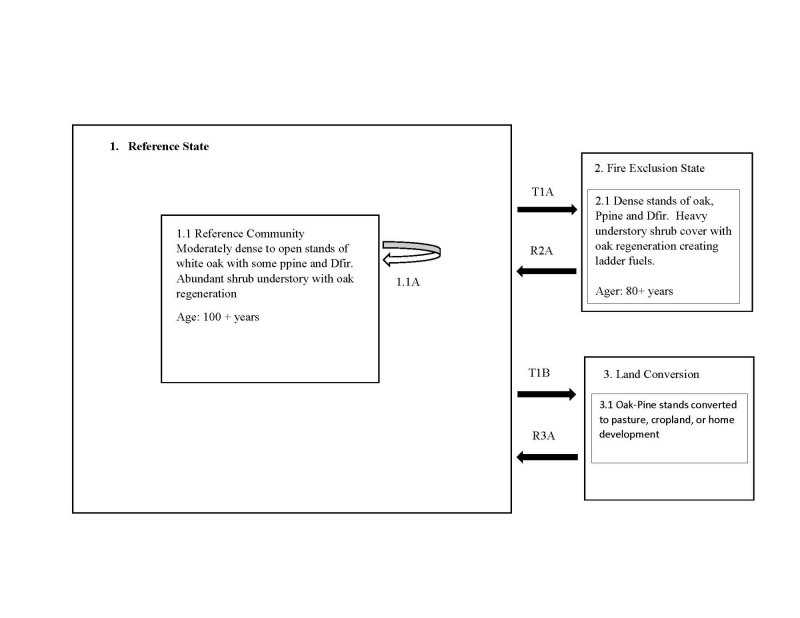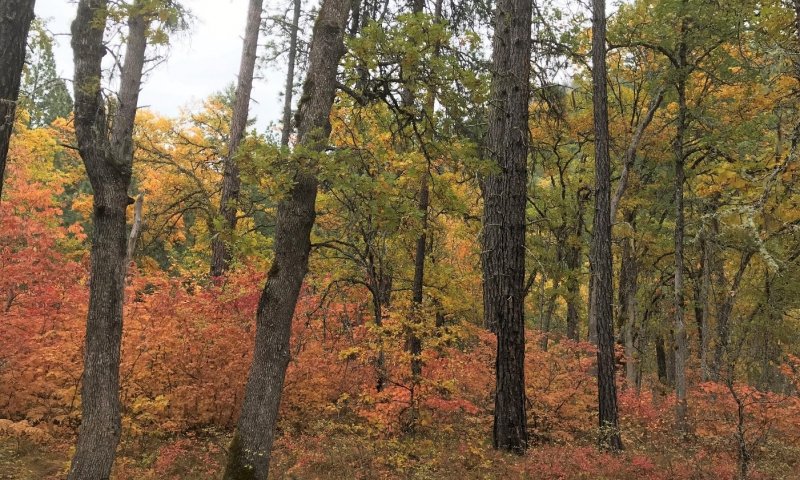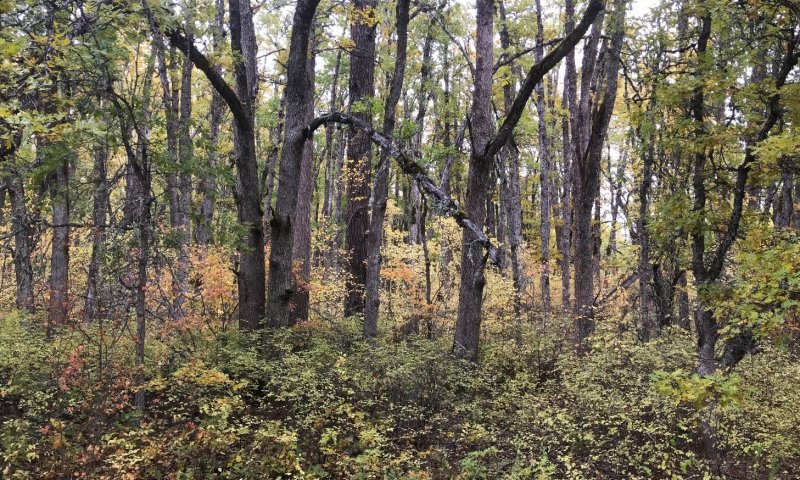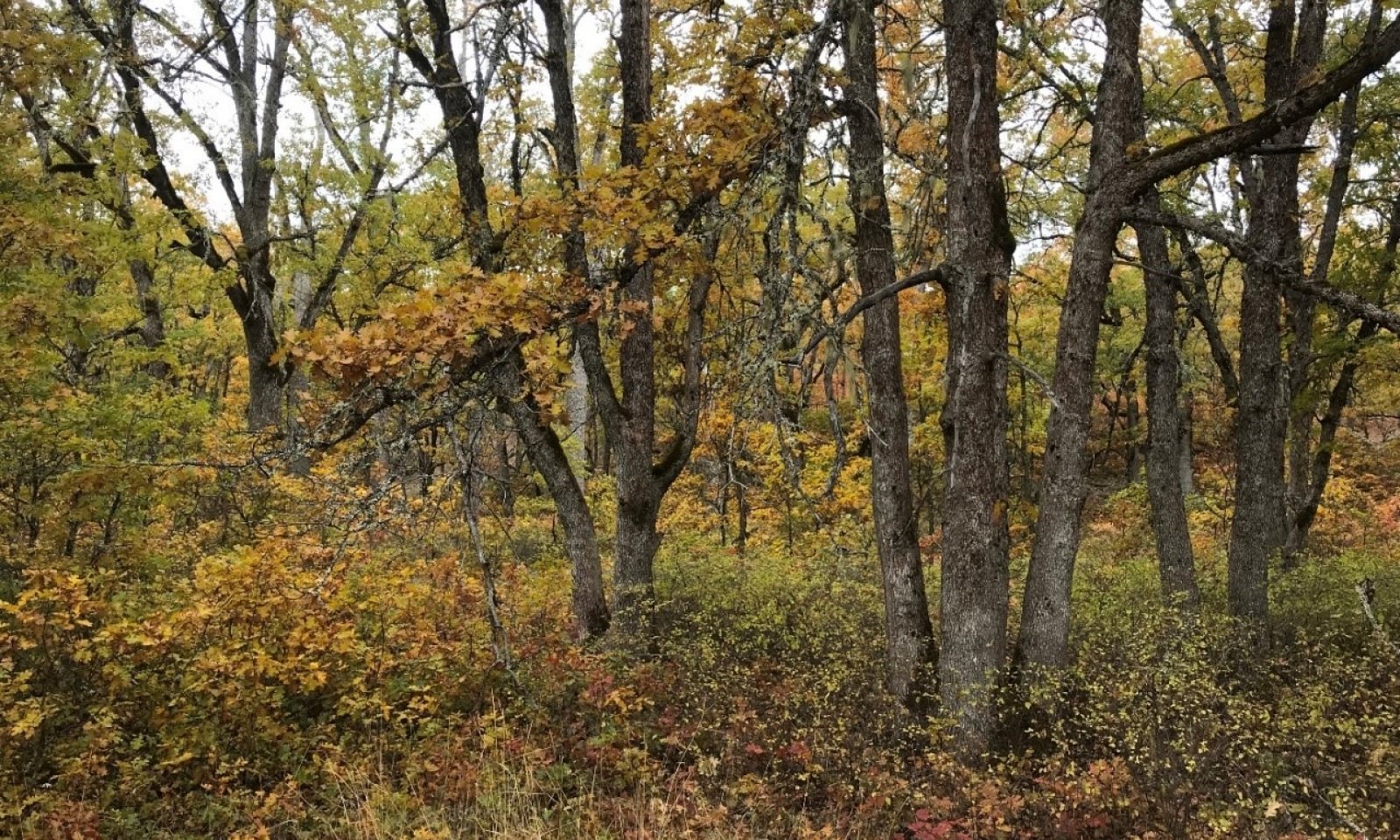

Natural Resources
Conservation Service
Ecological site F006XD003WA
Mesic Xeric Slopes and Flood Plains (Oregon white oak-Ponderosa Pine Hot Moderately Dry Shrub)
Last updated: 5/13/2025
Accessed: 12/21/2025
General information
Provisional. A provisional ecological site description has undergone quality control and quality assurance review. It contains a working state and transition model and enough information to identify the ecological site.
MLRA notes
Major Land Resource Area (MLRA): 006X–Cascade Mountains, Eastern Slope
Major Land Resource Area (MLRA): 006X–Cascade Mountains, Eastern Slope.
Stretching from northern Washington to southern Oregon, MLRA 6 encompasses the mountain slopes, foothills, elevated plateaus and valleys on the eastern slopes of the Cascade mountains. This MLRA is a transitional area between the Cascade Mountains to the west and the lower lying Columbia Basalt Plateau to the east. Situated in the rain shadow of the Cascade Crest, this MLRA receives less precipitation than portions of the cascades further west and greater precipitation than the basalt plateaus to the east. Geologically, the majority of the MLRA is dominated by Miocene volcanic rocks, while the northern portion is dominated by Pre-Cretaceous metamorphic rocks and the southern portion is blanketed with a thick mantle of ash and pumice from Mount Mazama. The soils in the MLRA dominantly have a mesic, frigid, or cryic soil temperature regime, a xeric soil moisture regime, and mixed or glassy mineralogy. They generally are moderately deep to very deep, well drained, and loamy or ashy. Biologically, the MLRA is dominated by coniferous forest, large expanses of which are dominated by ponderosa pine, Douglas-fir or lodgepole pine. Areas experiencing cooler and moister conditions include grand fir, white fir, and western larch while the highest elevations include pacific silver fir, subalpine fir and whitebark pine. Economically, timber harvest and recreation are important land uses in these forests. Historically, many of these forests would have experienced relatively frequent, low and mixed severity fire favoring the development of mature forests dominated by ponderosa pine or Douglas-fir. In the southern pumice plateau forests, less frequent, higher severity fire was common and promoted the growth of large expanses of lodgepole pine forests.
LRU notes
Common Resource Area (CRA) 6.6 - Yakima Plateau and Slopes
This LRU occurs predominantly on benches, slopes of hills, mountains, and canyons, and flood plains. The soils are dominantly in the Mollisols and Alfisols taxonomic order, with minor areas of Inceptisols. Soil parent materials are dominantly colluvium and residuum from basalt, and alluvium. Taxonomic soil climate is primarily a mesic or frigid temperature regime, and xeric moisture regime with average annual precipitation of about 28 inches.
Other LRU'S where the site occurs:
CRA 6.7 - Grand Fir Mixed Forest
CRA 6.8 - Oak-Conifer Eastern Cascades - Columbia Foothills
Classification relationships
HOG311 (WEN) – Oregon White Oak/western hazel/snowberry (QUGA/COCO2/SYAL)
Ecological site concept
This Oregon white oak – ponderosa pine / western hazel-snowberry community is located on dry river terraces adjacent to riparian areas at low elevations. More moisture is available than the drier pine-oak-elk sedge or bitterbrush sites. The overstory oak and pine are larger and tree density is greater. The main identifying shrubs are common snowberry and western hazel.
Associated sites
| F006XB004WA |
Mesic Xeric Foothills and Mountain Slopes (Ponderosa Pine Hot Dry Shrub Grass) On slightly cooler sites. |
|---|
Similar sites
| F006XD004WA |
Mesic Xeric Slopes and Plateaus (Oregon White Oak-Ponderosa pine Hot Dry Herb/Shrub) On slightly drier sites. |
|---|
Table 1. Dominant plant species
| Tree |
(1) Quercus garryana |
|---|---|
| Shrub |
Not specified |
| Herbaceous |
Not specified |
Click on box and path labels to scroll to the respective text.
Ecosystem states
| T1A | - | Fire suppression |
|---|---|---|
| T1B | - | Land conversion |
| R2A | - | Selective thinning and prescribed burns |
| R3A | - | Planting trees/shrubs |
